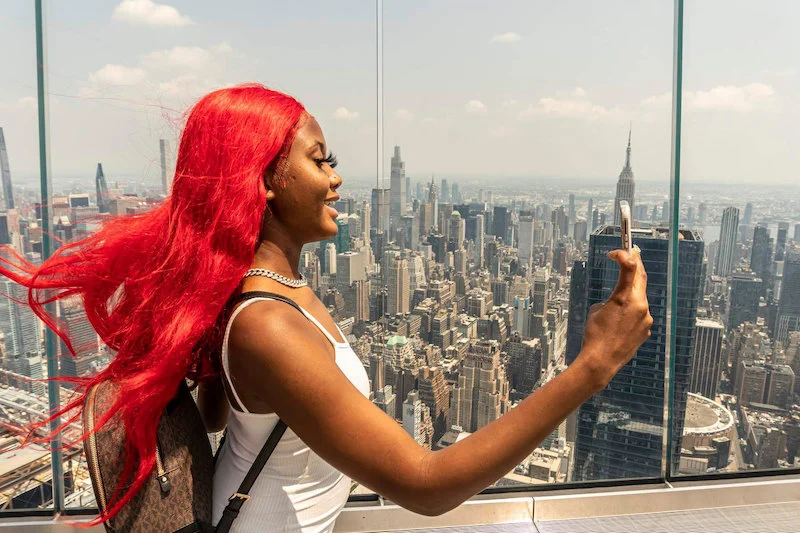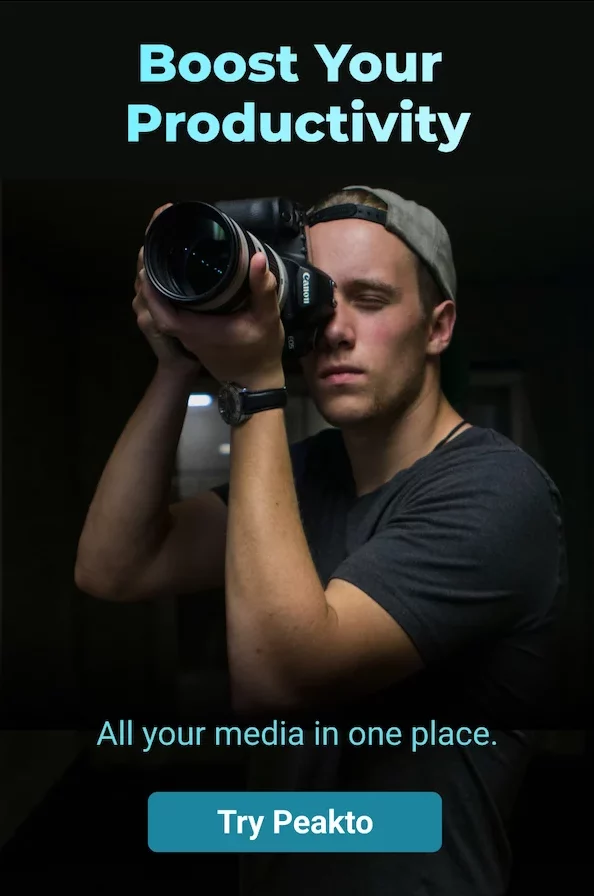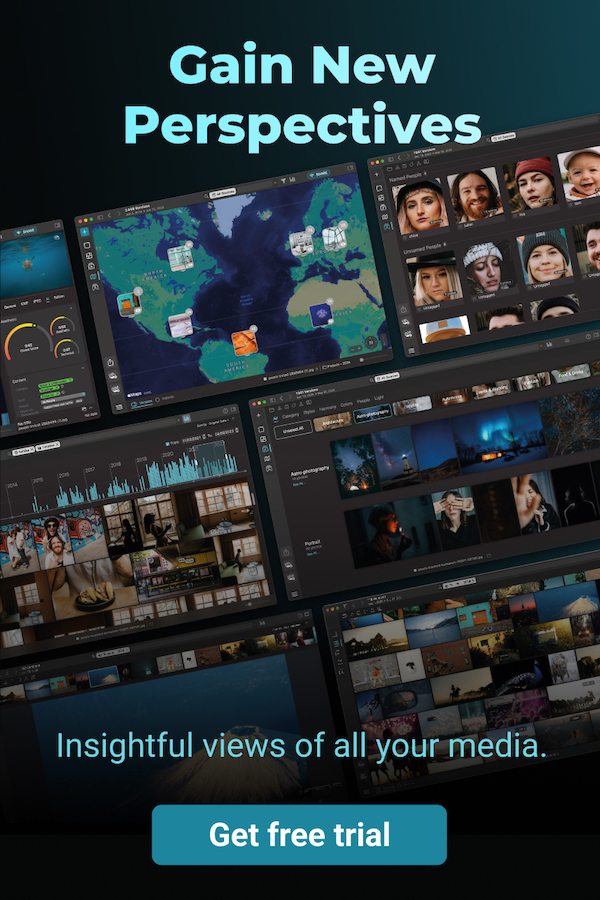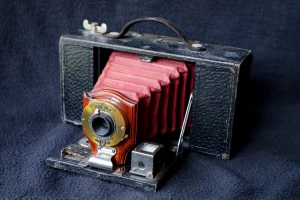How are stories born? Some can be inspired by a scene whose light, subject or composition fascinates. This is how Stefan Falke’s stories come to life.
So when he first came across the stilt dancers of the Caribbean, with their astonishing silhouettes, Stefan Falke spent several years photographing them, resulting in many fascinating reports and a book, Moko Jumbies: The Dancing Spirits of Trinidad. And when the photographer walks through a New York emptied by COVID and passes a few people trying to reach their destination quickly, he begins his Keep Going New York!! series to pay homage to the city’s architecture and the energy of its people, even when confined.
We interviewed this photographer who started in the ‘90s, realized more than twenty solo exhibitions (at Photoville in New York, Visa Pour l’Image in Perpignan and the Triennial of Photography in Hamburg) and who continues to engross us in his dynamic photographic tales.

You started in life by studying engineering to finally become a photographer. How did you get into photography?
I was always drawing and painting as a child; I saw my future as a cartoonist or graphic designer. My father had other plans – he wanted me to become a civil engineer – which I studied for a few years. But he also gave me my first camera in my teenage years. The camera won.
I got my first professional break in the movie industry. A friend, Hermine Huntgeburth, invited me to shoot stills on one of her first films and from then on I was a unit photographer on 20+ major film productions in Europe and Africa. I credit that time with my most important years for becoming a working photographer.
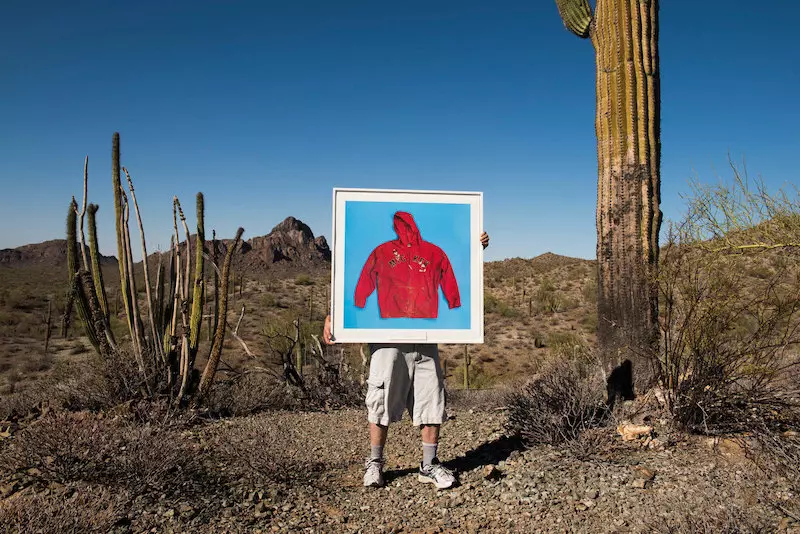
Your photos are usually part of a series. Your work is close to photojournalism. Is this a term you claim?
“Close to” is a good way to put it, because I am interested in several fields of photography: photojournalism, on-location portraiture, movie set photography, advertising, documentary and lately, street photography. I shot interiors for a famous department store for years. I wouldn’t shy away from product photography either if it came my way. But yes, photojournalism – or visual storytelling – is probably best to describe my work because whatever I shoot I see as a story.
I produce a lot of visual content in little time and I can quickly shoot portraits while also focusing on the broader scene. Books become a good way to show my large series best, in some cases, because even my multi-page spreads in magazines don’t do justice to what I want to show. But many of my assignments are for one final image, usually an on-location or environmental portrait, where I have to melt everything into a single photo, and that is a fun challenge too.
“Photojournalism – or visual storytelling – is probably best to describe my work because whatever I shoot I see as a story.”

How do you choose the stories you want to tell and how do you build them?
My personal stories find me, and I am always ready to be found. It often starts visually. I see something that interests me and I start photographing before I think. The story often develops from there. Gaining access to whatever it is I want to work on is very important. No access, no story.
A good example is my first book about a stilt-walking school: MOKO JUMBIES: The Dancing Spirits of Trinidad. There was no idea behind it other than just being blown away by the art and appearance of those young stilt walkers. Access to their school was granted. I photographed them obsessively, without a plan. I spent many years with them, on and off, until I realized I had material for a book. It is still my favorite body of work.
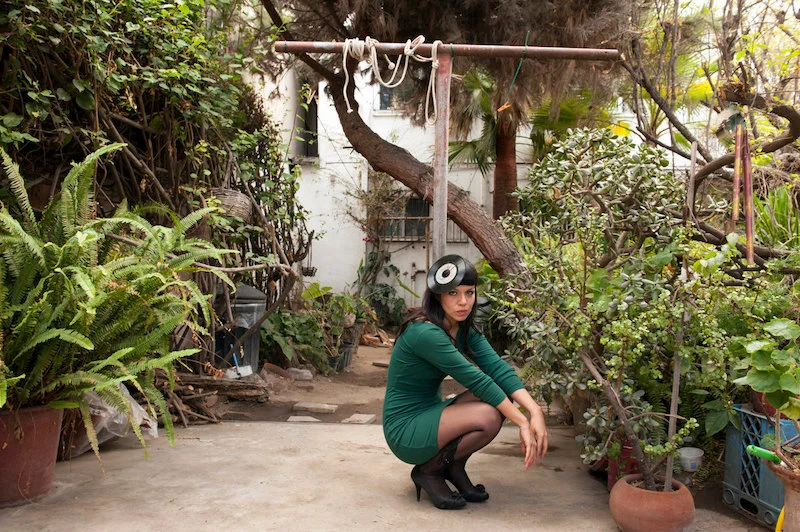
What signs do you look for to know if something holds potential for a great shot?
Movement, content, direction of light, quality of light, composition. Intuition. It’s less looking for but feeling it. Feeling visually, if that makes any sense.
Do you like Stefan's interview?
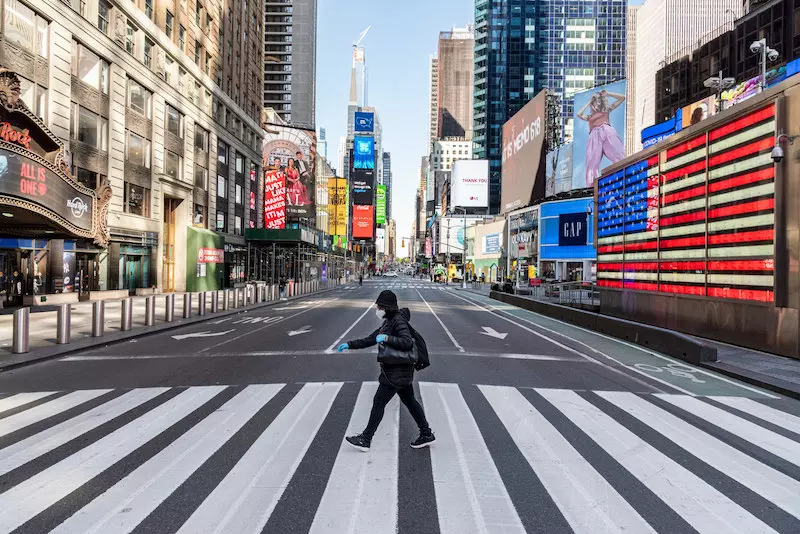
In your street photos, you give a lot of importance to the person. How do you choose them? Is control important when taking pictures of people? What influence do you have on the way a subject interacts with the scenery?
I have no control over the person in my street photos. Although they are the most important part, they are not aware of me. Especially in my work on Keep Going New York !!, a book about our – almost – empty streets during the pandemic, I would find a location, compose the frame and wait until someone walks through it. I did not care who it was or what they were wearing as long as the walk was right. The New York kind of walk. Determined.
It is different when I photograph a person on assignment, where the person agreed to be photographed and I am directing the session. But even then I prefer to have that person do whatever they would do if I wasn’t there.
“I have no control over the person in my street photos. I did not care who it was or what they were wearing as long as the walk was right. The New York kind of walk. Determined.”

You like to photograph artists, musicians, painters, dancers... What does photography allow you to show about their work?
I love working with artists. They are always interesting, always expressive in their ways, and usually just good people who work for a better world, whether they know it or not. I worked with or around artists my entire career, starting with movie actors during my film stills days while shooting the work of sculptor Luise Kimme in Tobago for many years.
Then I chose to photograph artists, 200 so far, for my long-term project “LA FRONTERA: Artists along the US-Mexico Border” in order to shine a light on the cultural value of a region challenged by difficult issues which dominate the media and political reports from there. Photography allows me to show a positive – hopeful – aspect of life there. I also portrayed artists for magazines, like the wonderful ballet dancer Michaela DePrince. Unforgettable. It is a privilege to meet and photograph people like her. Artists are my special interest, so to speak. They represent hope.
“I love working with artists. They are always interesting, always expressive in their ways, and usually just good people who work for a better world, whether they know it or not.”
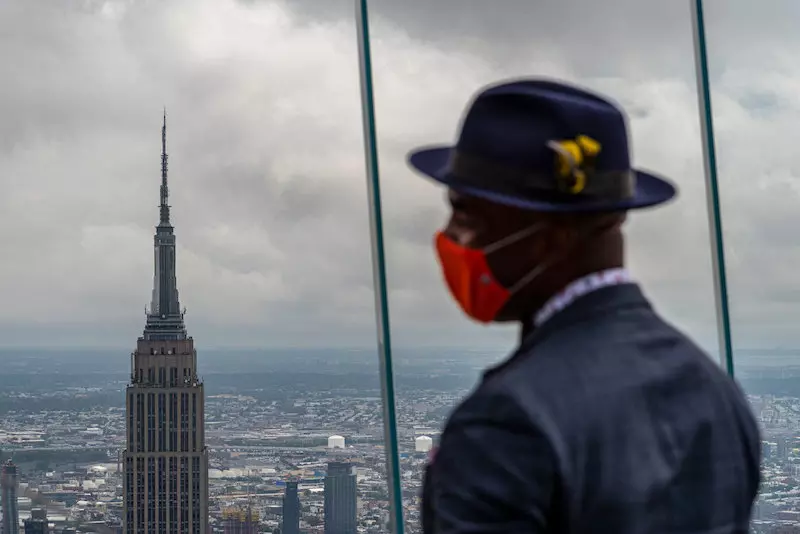
Your series “Keep Going New York!!” shows New Yorkers returning to life in a city still deserted because of COVID. How did this series start? What impact did COVID have on your work?
COVID allowed me to look at New York City in a way I have never experienced. The lack of people revealed the city. Like a curtain opened. We are normally so busy watching other people, good or bad, that we have no time looking up, or looking down an avenue for the architecture of its buildings, etc. Tourists do that – not us, the locals. And the lack of traffic and noise was wonderful, I loved it, not forgetting the horrible reason for the standstill. The series started with me just taking pictures most days, walking around for hours…puzzled, amazed, stunned.
Again, there was no plan at first; I was guided visually. After a while I discovered the few people still out were walking like New Yorkers walk, determined to get from A to B the fastest way. I discovered a theme for my work, one person crossing my – carefully chosen – frame. That approach still had that New York energy, even in this difficult situation. The title “Keep Going New York !!” came to me by looking at the people crossing my frame. The resulting book is self-published and born from the pandemic; like the photos in it, I had no work and plenty of time to just do it myself from the comfort of my home.
Having noticed my project, an advertising agency hired me recently to shoot photos and direct videos for a financial institute. It goes to show that personal work is important not only to stay creative and busy but also for clients to see your potential.
But most importantly, the work on my book during COVID kept me sane during those otherwise very difficult times. That’s what photography does for me.
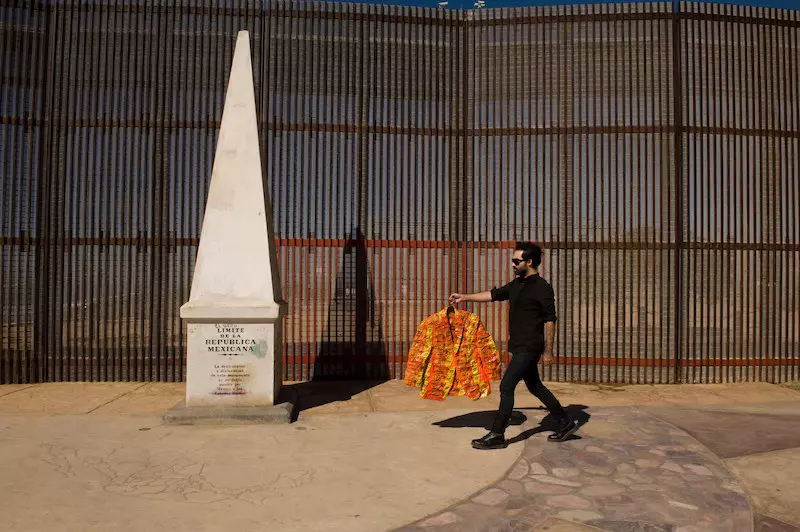
You have lived and traveled in different countries. You have photographed and talked to many people around the world: Trinidad and Tobago, Mexico, the US… What did you learn with these experiences around the world, capturing moments with such different cultures?
I live in New York, where a short trip to the store around the corner is like a trip around the world. I love it here for that reason. People from everywhere live here in peaceful coexistence. That is exceptional. The experience of photographing and talking to or living with people in Europe, Africa, the Caribbean or along the US-Mexico border on both sides is important to me. Especially since I am living here, I am learning about my fellow New Yorker’s countries and their cultures. Photography connects me to them.
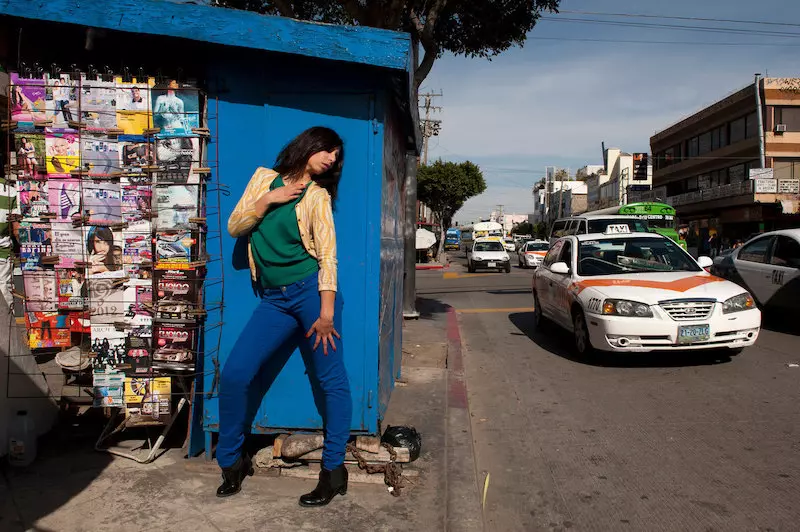
There are always a lot of colors in your pictures. What do you want to express through them?
I learned photography in my black and white darkroom way back. It was all about composition, structures, shadows, light… Today I still don’t pay much attention to colors when I take pictures. I see them, but it is never a decision-maker for taking the photo. The overall tone…yes. I am always surprised about the vivid colors when I look at my photos at home, but I am not really taking credit for them. They just follow me around. I find the direction and quality of light, composition and content more important. I kind of see in black and white when shooting. I am always a little confused when people praise my photos for the colors. They were not important to me when I took the pictures. Colors may complement my image – the overall tone can create a mood, etc. – but you need a well-lit, well-composed photo with interesting content first to make it work.
“I find the direction and quality of light, composition and content more important. I kind of see in black and white when shooting.”
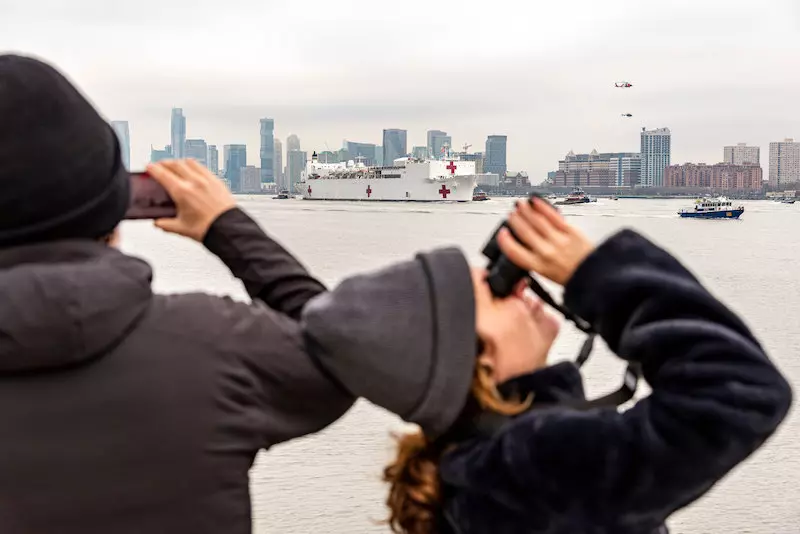
What camera and equipment do you like to work with?
I have been a Nikon photographer for most of my career, and I truly hope it stays that way. The cameras are just made for my hands. The buttons are where I need them to be. Simplicity. Durable. The quality of their lenses is superb. I used most camera models up to my current D850s and a few high quality Nikkor zoom lenses, covering the bases, but lately the 1:4 24-120mm Nikkor is my main lens. The range is wonderful for my purposes and allows me to travel light, and I love the flexibility compared to prime lenses. I will reluctantly move to Nikon’s mirrorless camera system soon, but the D850s will stay with me until they stop working. I shoot a gazillion photos on my iPhone pro but not for work. I had some success with iPhone videos, slowly resulting in paid work.

What tools do you use for your post-processing? What settings do you use for your images?
I select and caption my work in my beloved PhotoMechanics. Being old fashioned, I then edit every single photo – the ones I send out to a client or exhibition – in Photoshop. Serial editing does not work for me. I do not edit much – the usual dust removal if needed, some adjustments…I almost never crop; I might straighten an image slightly. The exception: interior and architecture images. With them I go wild in Photoshop.
Does this interview inspire you?
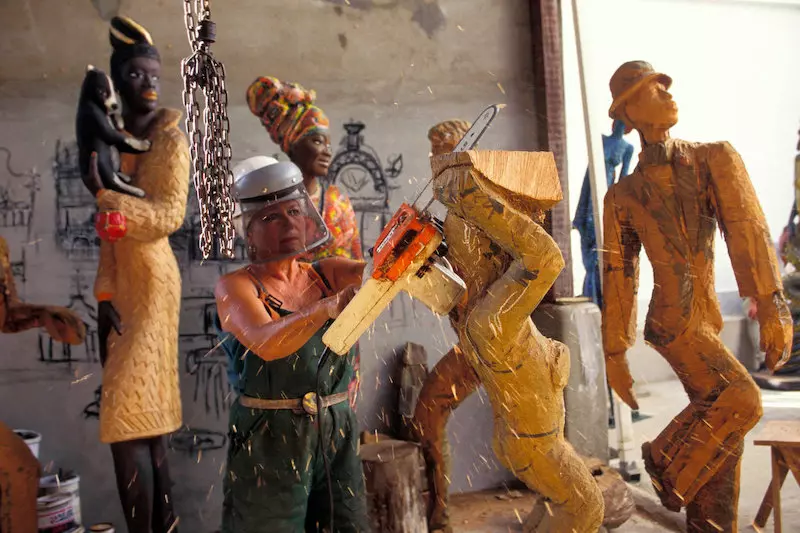
What are your sources of inspiration? Could you name 3 artists who have influenced you?
My sources of inspiration are travel, fashion and news magazines, photo books, museums, galleries and lectures, and I am a member of 2 photographer associations. I study other photographers’ websites often, for their work but also for the presentation of it. I am on Instagram too, still a must, but more for the quick fix. I spend more time on LinkedIn making meaningful connections there.
The artist who has influenced me most was Luise Kimme, a German sculptor and art professor who lived in Tobago. I photographed her books and brochures starting in the ‘90s and I learned new ways of seeing from her. She was an artist who lived with and for her art. I convinced her to appear in my photos alongside her art because she and her work were inseparable.
There are too many photographers to name here whose work I love: Irving Penn, Graciela Iturbide, James Nachtwey, Peter Lindberg, Pascal Maitre, Sebastião Salgado, William Klein, Richard Avedon, Annie Leibowitz, Ellen von Unwerth, Guy Bourdin, Cristina Garcia Rodero, Francisco Mata Rosas, Horst P. Horst, Art Wolfe, Eric Meola… and all my fellow photographers represented by my agency LAIF. I look at their work most days.
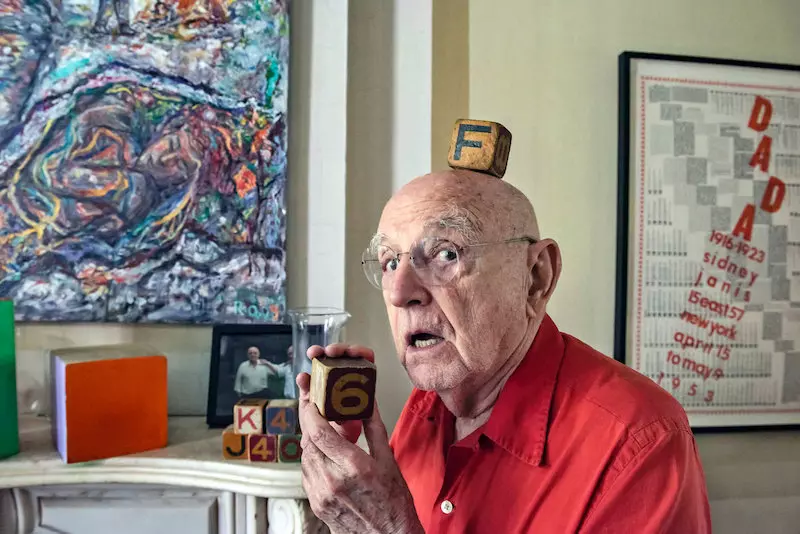
Your photographs have been featured by major international publications; your work has resulted in three photo books and over twenty solo exhibitions. You work for several magazines. What events have been turning points in your career?
The sum of it all is what got me to where I am now. The New York Times Magazine once (1989!) published a photo of mine and I thought I had made it! Nothing happened afterwards – not one phone call, not one assignment – because I wasn’t ready. A few years later I was invited to shoot stills on a movie set. That was my professional starting point. I got paid to take pictures all day, every day. I moved on to other things like photo books and exhibitions, magazine assignments and advertising shoots. New adventures all the time. I am very grateful for photography.
I love what I am doing and I love showing the results. I like to work with positive-minded people. Keep Going is not only the title of my last book, it is also my philosophy.
“I like to work with positive-minded people. Keep Going is not only the title of my last book, it is also my philosophy.”
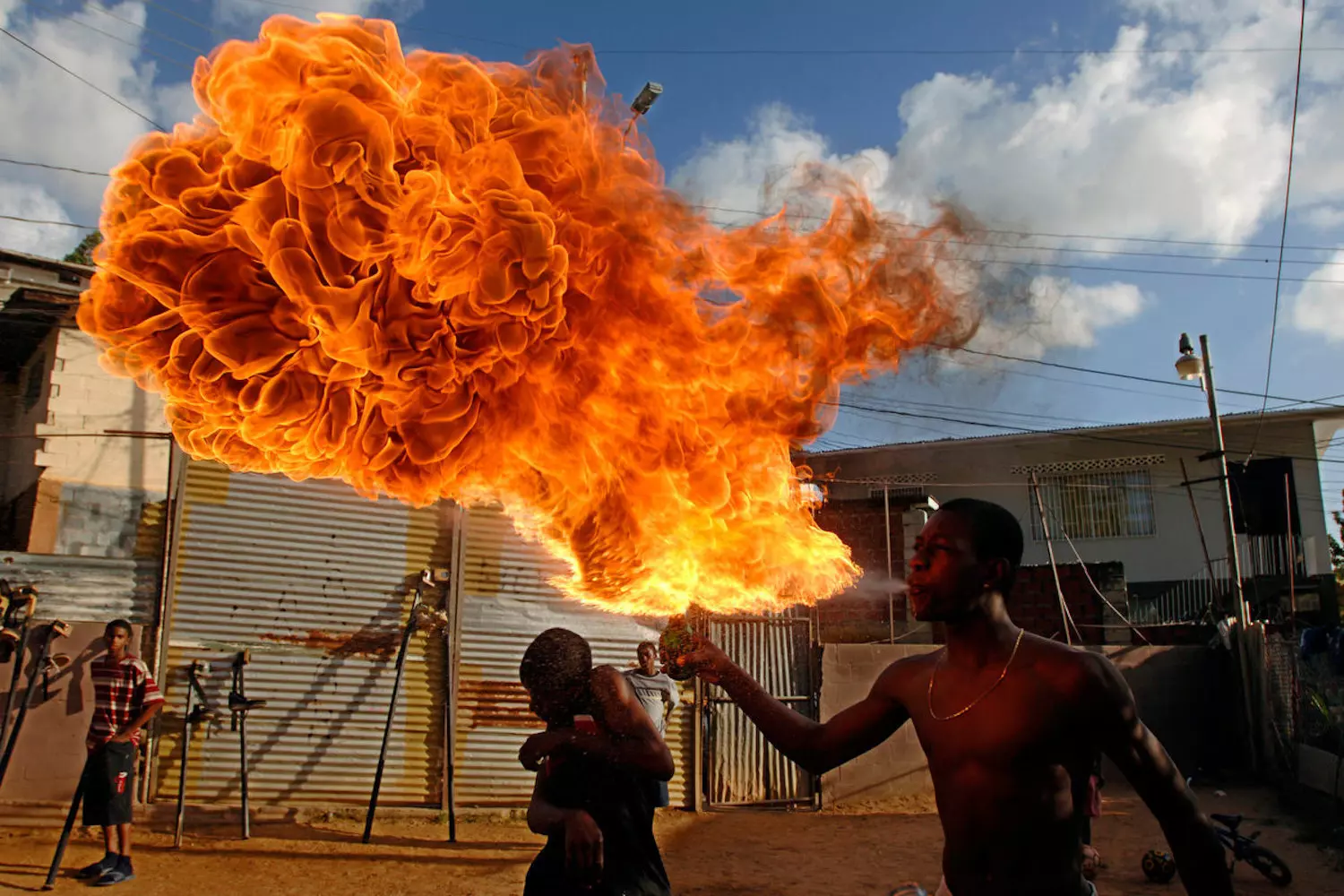
What advice would you give to a young photographer?
Always walk in good shoes. You will walk a lot. Take care of your mental and physical health. And Keep Going.
